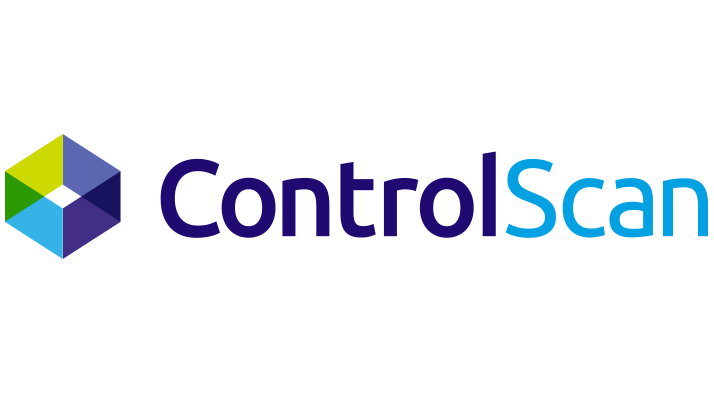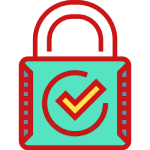
Description
Securing businesses since 2005, ControlScan is constantly innovating to offer cost-effective solutions that successfully meet the challenges of an evolving threat landscape.
ControlScan mission is to let nothing block your path to a strong security posture. Not budgetary restrictions, not a lack of expertise, and not human resource constraints.
They are managed security and compliance service provider with highly-credentialed experts; 24x7 managed detection and response; advanced endpoint protection; managed UTM firewall services; ASV vulnerability scanning; security penetration testing; PCI compliance programs; QSA, P2PE, PIN and HIPAA assessments.
Source: https://www.linkedin.com/company/controlscan/about/
ControlScan mission is to let nothing block your path to a strong security posture. Not budgetary restrictions, not a lack of expertise, and not human resource constraints.
They are managed security and compliance service provider with highly-credentialed experts; 24x7 managed detection and response; advanced endpoint protection; managed UTM firewall services; ASV vulnerability scanning; security penetration testing; PCI compliance programs; QSA, P2PE, PIN and HIPAA assessments.
Source: https://www.linkedin.com/company/controlscan/about/





